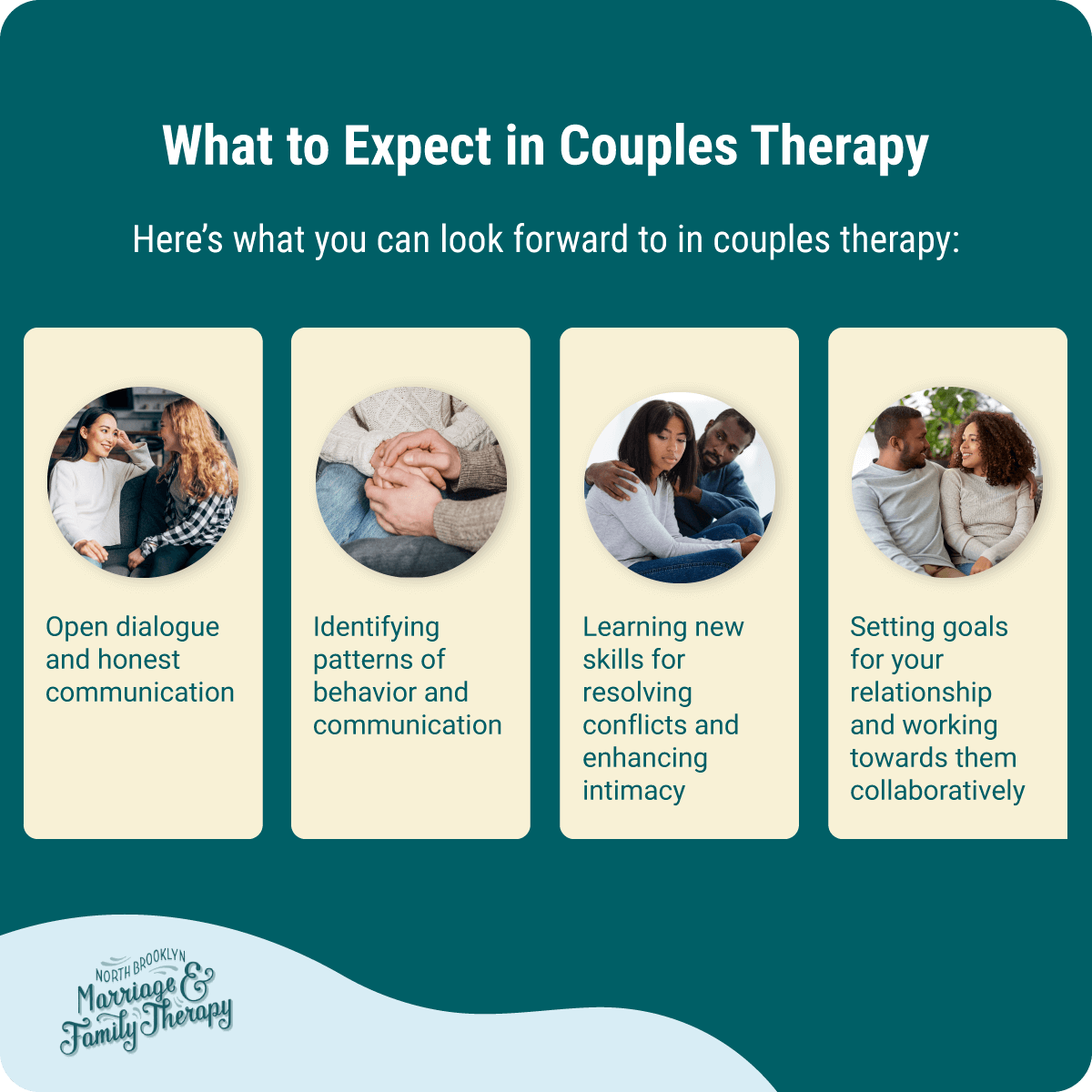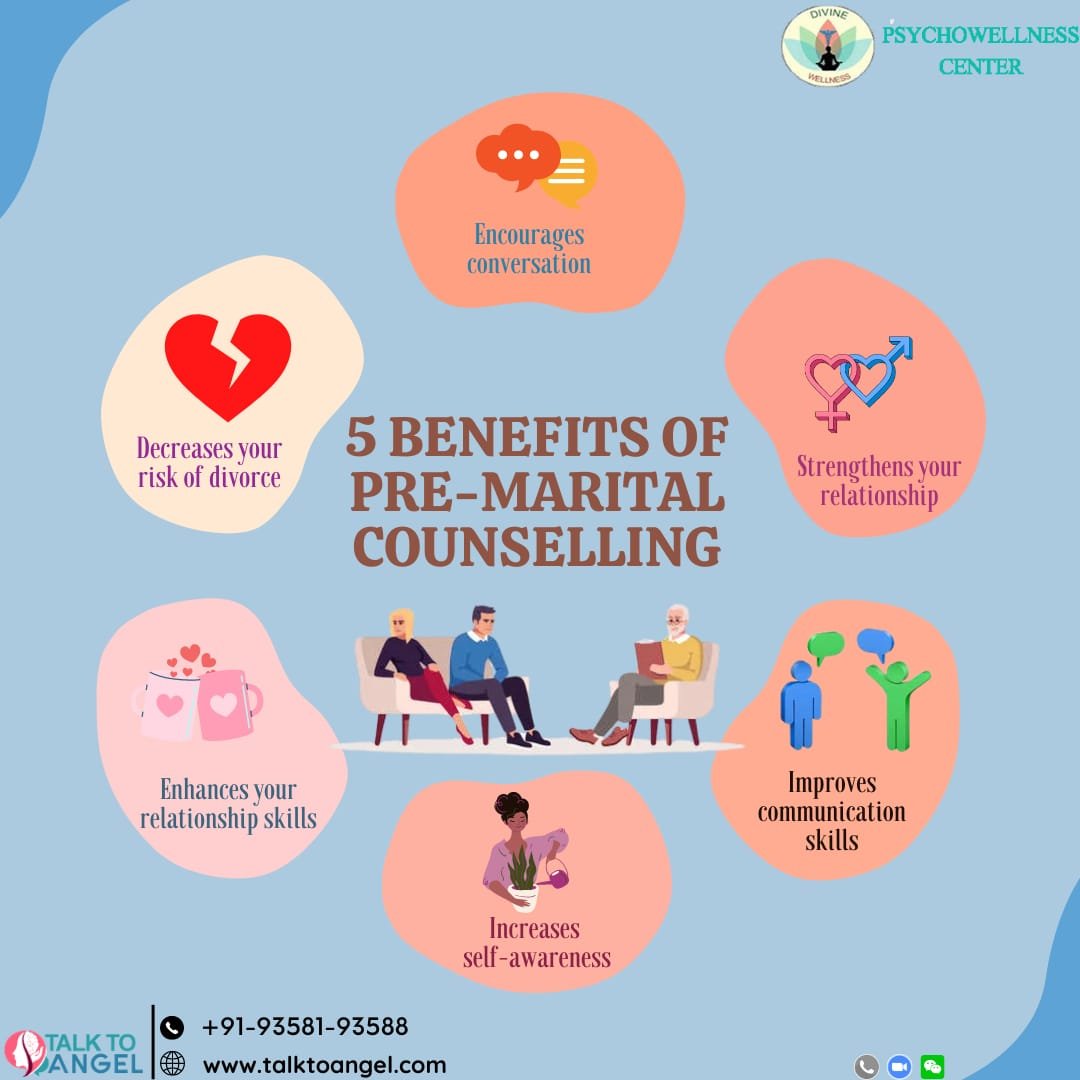The Of Aim Point Counseling
The Of Aim Point Counseling
Blog Article
All About Aim Point Counseling
Table of ContentsThe Basic Principles Of Aim Point Counseling Aim Point Counseling Fundamentals ExplainedThe 5-Second Trick For Aim Point CounselingSome Of Aim Point CounselingThe Aim Point Counseling DiariesAn Unbiased View of Aim Point Counseling
The longitudinal style involves a pre-treatment study and two follow-up studies at 3- and 12-months post-intervention. The research study is set in 8 Relationships Australia Victoria centres, across metropolitan, external suburbs, and regional/rural websites. Relationships Australia, a non-government organisation, is the biggest provider of couple coaching and partnership solutions in Australia.
These high rates of relationship break down have actually been constantly linked with negative health and wellness consequences for both adults and kids complying with divorce/separation.
The Buzz on Aim Point Counseling
Longitudinal studies additionally recommend that children of separation have a greater incidence of mental problems, alcohol and drug usage, and dangerous sexual behavior [7] Although the effects of divorce and separation can be detrimental, research suggests that high relationship dissonance in intact couples is also likely to have adverse end results.
Research study to date has recognized both pair and individual aspects that might contribute to partnership disharmony. These consist of connection satisfaction and commitment at the pair degree, and clinical depression at the specific degree.
What Does Aim Point Counseling Do?
Consequently, while many studies show enhancements in relationship complete satisfaction complying with couple therapy, they are limited by the samples and actions utilized, greatly temporary follow-up time frames, and evaluations that do not make up the dyadic nature of couple information. Relationship dedication, based on measures such as the Dedication Inventory (CI) [19], is one more generally examined relationship result.
To sum up, research shows that couple-specific variables as well as individual variables might forecast the end results of pair therapy and connection solutions. The causal direction of these connections, nevertheless, is less clear. These monitorings are necessary, given that, to warrant and guide the application of partnership solutions such as pair coaching, empirical proof has to discover both the end results of connection services and the factors that predict successful treatment.
There is a growing consensus that efficiency researches must be matched by effectiveness study to best notify medical technique [ 29] The minimal effectiveness research study that exists to date suggests that pair counselling can improve outcomes such as relationship satisfaction [33,43], communication abilities and general well-being [44], a minimum of in some European countries.

We currently know little about the profiles of pairs who seek out relationship education and learning contrasted with those that look for partnership counselling, or the outcomes of these programs. Unscientific proof recommends that there might be significant distress amongst at least some couples seeking partnership education and learning.
Rumored Buzz on Aim Point Counseling
Responses involves individuals completing sets of questions regarding their connection (e.g. procedures of interpersonal problems), and getting info on what their ratings suggest. Cognitive-behavioural methods promote changing cognitions to promote positive relationships. These may include advertising realistic attributions/expectations around negative partner behavior [46] Lastly, in abilities training, couples participate in lectures or presentations on partnership abilities, and practice these throughout facilitator-led activities [ 45]
These meta-analyses highlight limitations in the existing literature on relationship education and learning. This sample profile might not stand for clients who typically provide for relationship education.
The Main Principles Of Aim Point Counseling

Very little study has examined the relative advantages of pair therapy and partnership education and learning programs. As clients are likely to self-select into these service types, it is not clear whether particular partnership distress accounts present to every solution kind, or certainly whether there is a communication in between offering account, service type and result.
(https://www.dreamstime.com/toddrashid01_info)
Hence, we have consisted of a 12-month follow-up to determine longer-term patterns and impacts. The research study utilizes a number of standard result steps since some previous investigations have been criticised for their absence of standardised analysis [50] The usage of statistical analyses that presume self-reliance of information, such as t-tests, or ANOVAs, has been common in previous research studies [ 44,49]
We click over here now suggest to use multi-level statistical modelling treatments that control for the inter-dependence of pair data to analyze any kind of therapy impacts. The details goals of the ECC research study are to: 1. Map accounts of customers looking for area agency-based couple coaching vs. connection improvement programs in terms of socio-demographic and partnership indicators (such as relationship contentment, connection commitment, social problems, and reasons for going to), along with wellness (such as anxiety, basic wellness) and health service usage (eg.
2. Figure out whether couple therapy and connection education solutions enhance three- and twelve-month results for relationship fulfillment, dedication, and depression, utilizing statistical evaluations appropriate to couple information. 3. Figure out the family member payments of client variables (specific and pair) and therapy/education elements to outcomes at 3- and 12-months, and to sustainability of outcomes over time.
The Only Guide for Aim Point Counseling
Multi-level modelling to figure out pre-post differences, regulating for dyadic (pair) degree. To add to the literature analyzing the performance of community-based pair therapy. The outcomes will assist medical decision-making in community-based relationship service settings, and expert training. 3. To establish the loved one contributions of client/couple and treatment elements to outcomes at 3- and 12-months, and to sustainability of outcomes over time.
Report this page